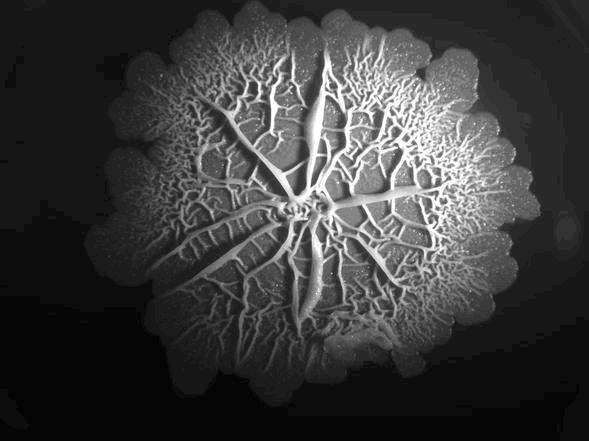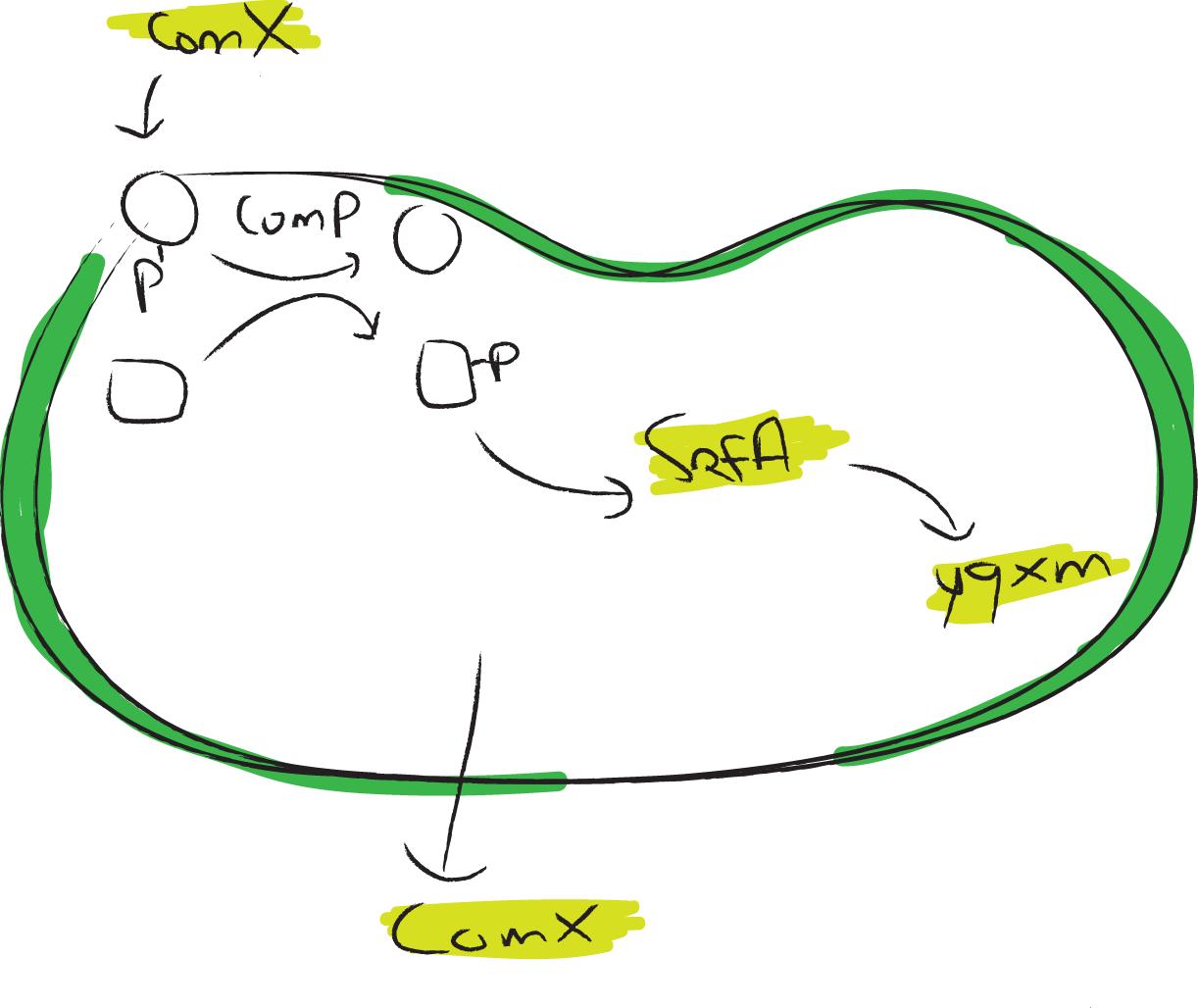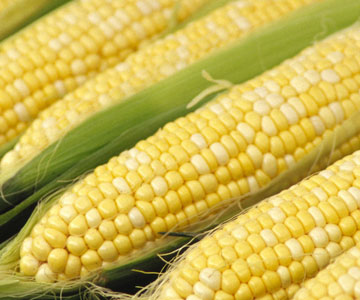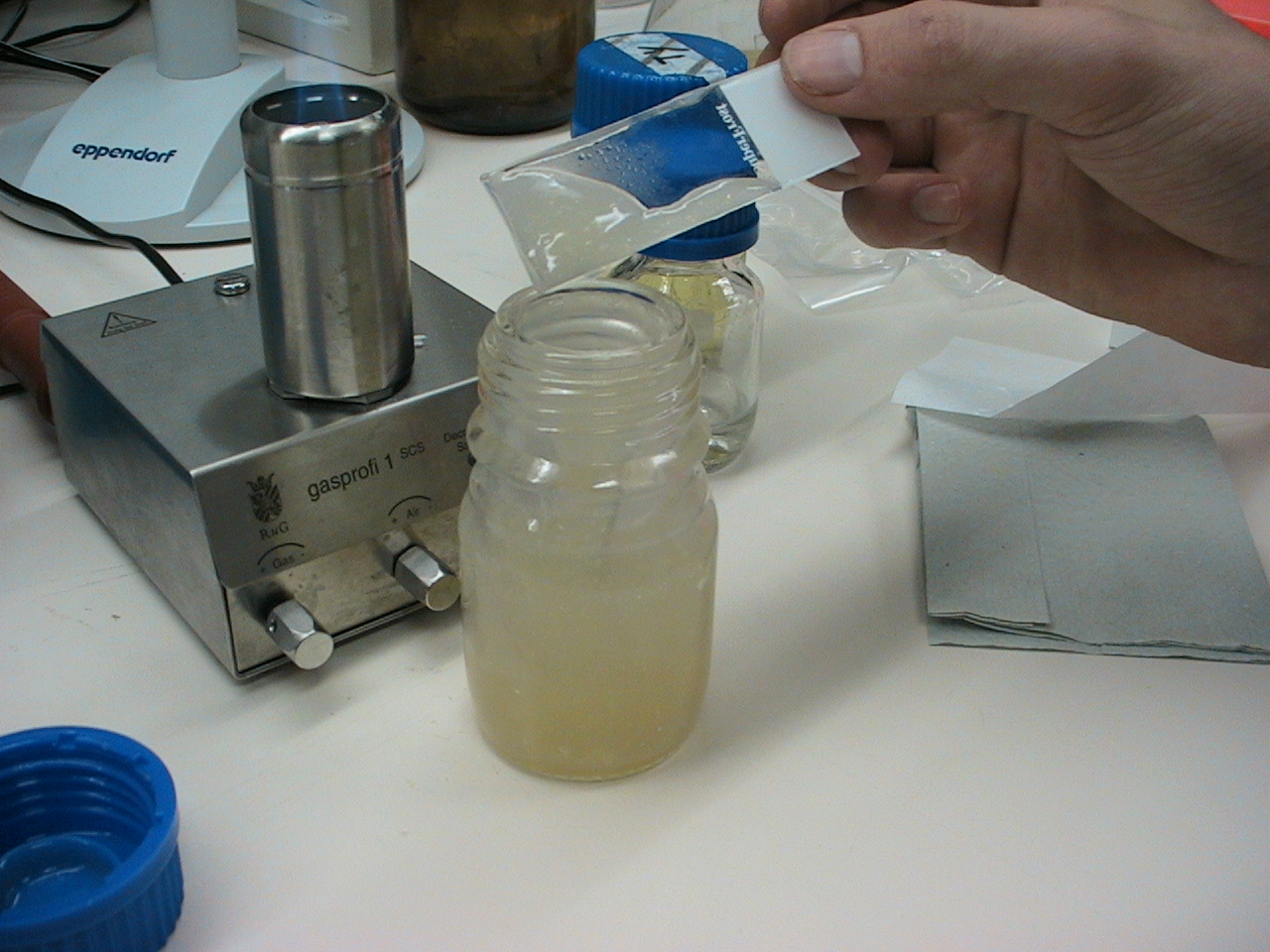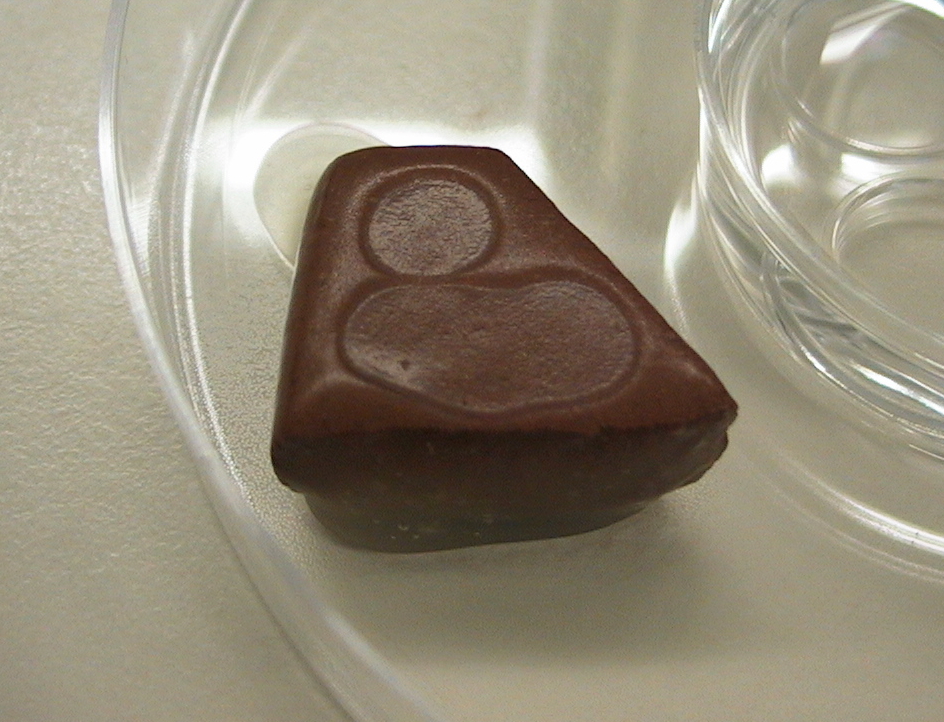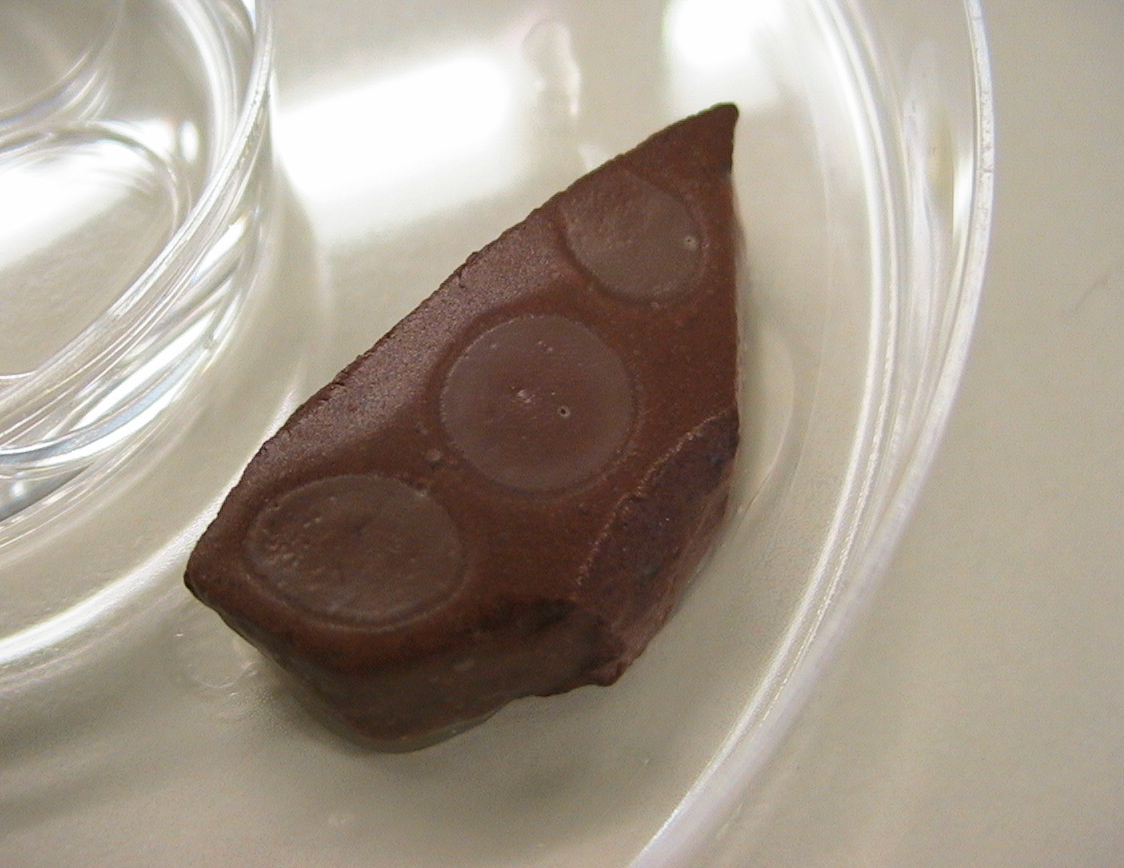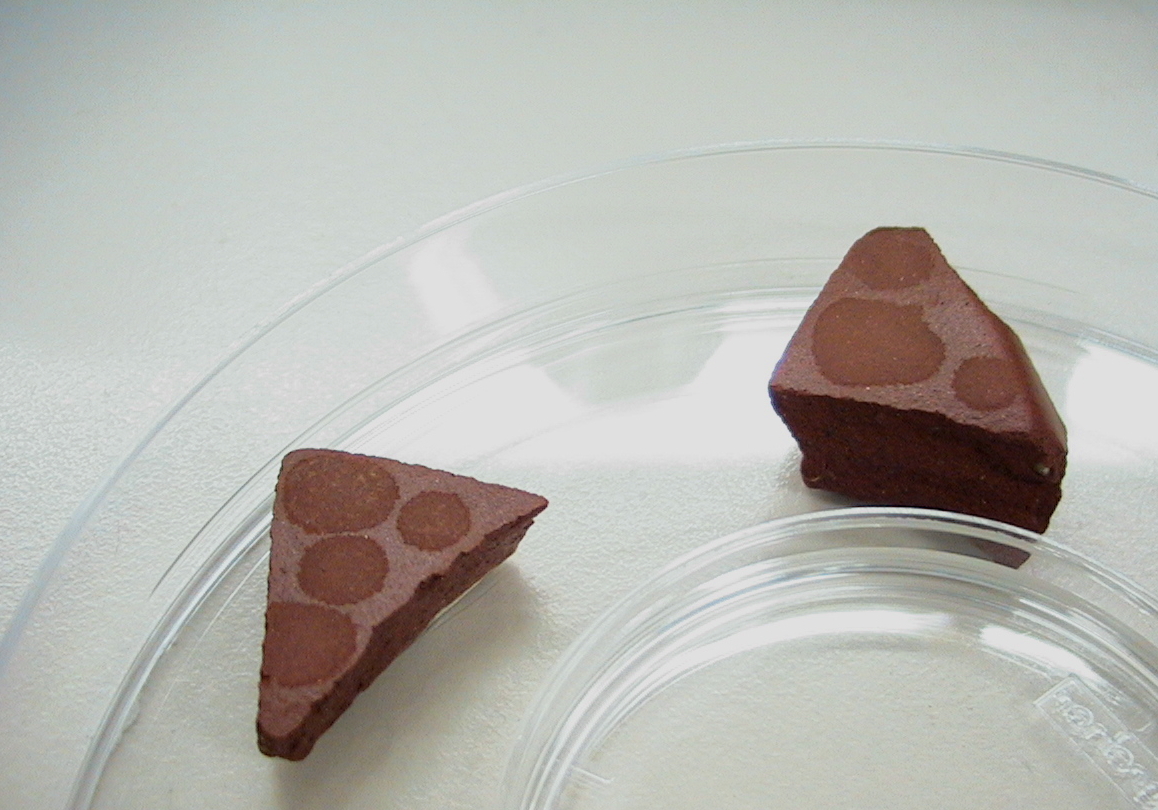Team:Groningen/Biofilm
From 2010.igem.org
Biofilm
Using biobased materials in the application or manufacturing of coatings is nothing new. However, using bacteria to make a coating substance and also doing the coating process for you is something new. In our hydrophobofilm project we aim to use the extracellular fibrous proteins, DNA and polysaccharides that are formed in a biofilm, as a host matrix to embed our coating material, which in our case are hydrophobic proteins.
Growing a biofilm on a surface as a way of coating it, might seem like a bad idea, since there are quite a lot of coatings out there to prevent biofilms forming in the first place. But “why not fight fire with fire”, and create a biofilm that is non pathgenic and prevents other biofouling from taking place.
Bacillus subtilis is an ideal candidate for a biofilm coating. Firstly because it is a fast biofilm grower and has a smooth extracellular matrix. Secondly Besides this, the bacterium is a well known and studied model organism which makes is easier to work with. Finally B. Subtilis is a gram positive bacterium, just like the bacterium that naturally produces hydrophobins Streptomyces coelicolor. This might be an advantage when expressing and and assembling the chaplin proteins in our host.
Biology
In nature, bacteria occur predominantly in highly organized multicellular communities called biofilms. Biofilm formation induces a complex developmental process, where cells differ from each other spatially and morphologically. The bacterial cells in such biofilms are phenotypically different, demonstrating an intriguing example of heterogeneous regulation within an isogenic culture. Gram-positive bacteria have developed different strategies for survival in unfavorable environments, e.g. by getting competent or by sporulating. Biofilms offer an opportunity for the cells to survive extreme conditions as the cells in biofilms are more resistant to antibiotics and harsh circumstances. Micro-organisms form these complex structures to be better protected against physical stress, drought and competing organisms. Bacillus even forms highly complex biofilms with a large degree of structural complexity and diversification of cell function within the biofilm. There are even channels within the biofilm to allow drainage of waste and diffusion of oxygen deep within the biofilmarticle Akos.
Biofilm formation usually starts with the accumulation of biomass, next there is the adhesion to a surface by the production of adhesion proteins. Then the production of EPS "extracellular polymeric substances" starts and the phenotypic diversification. After maturation of the biofilm sporulation kicks in. Since the pathways involved in biofilm formation in " B. subtilis" are just starting to be unravelled, not everything is known about the complex physiological interactions within a biofilm. By using an already in "B. subtilis" existing pathway for auto-inducting of our hydrophobic proteins, we try to minimize the amount of tinkering to the existing signalling pathways. Thereby leaving the natural system intact.
Expression in a biofilm
Coating surfaces
Applying our bacteria effectively to a surface poses big challenges, such as, how to coat a surface in a short period with low cost and low tech methods. There must be enough nutrients for the organisms to successfully make a biofilm yet you want avoid smuddering you surface in medium or sustaining you culture for long periods to attain a biofilm.Making a viscous medium paste could either be sprayed or smeared on a surface, by adding corn starch to regular TY medium we increased the viscosity of our medium and also making more rich in nutrients. The result was a By experimenting with different ration of corn starch and agar.
Biofilm paste
Making a viscous medium paste could either be spayed or smeared on a surface, by adding corn starch to regular medium, we have created an easily applicable paste, so to grow our biofilmcoating on all kinds of different surfaces. Another effect of the addition of cornstarch to the medium is an increased growing speed.
References
 "
"
